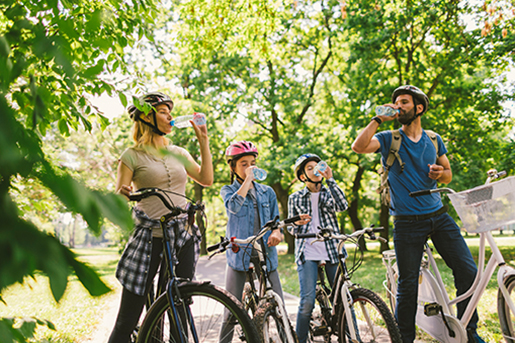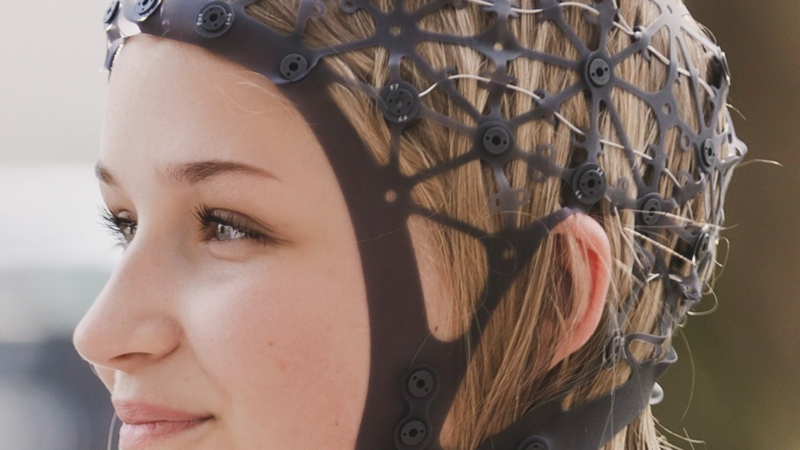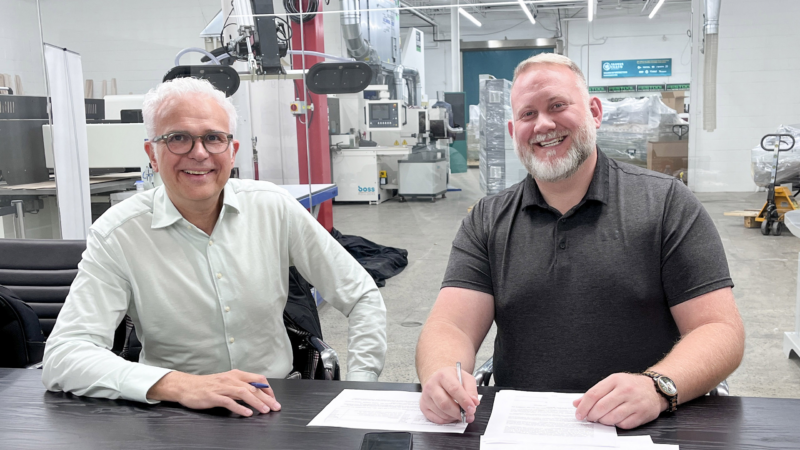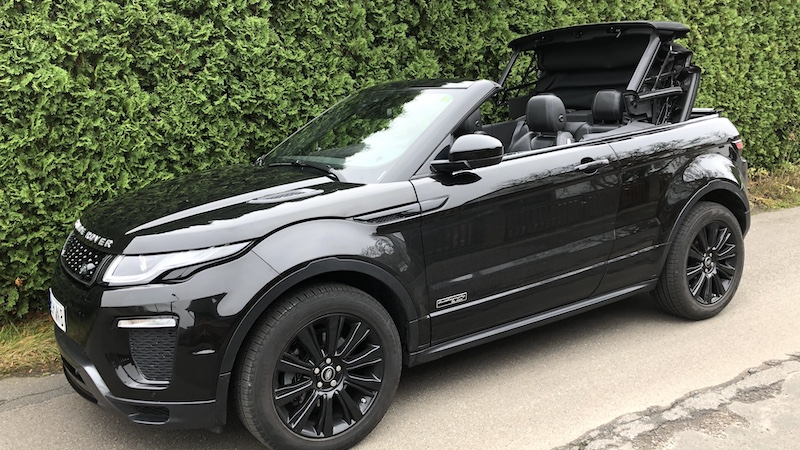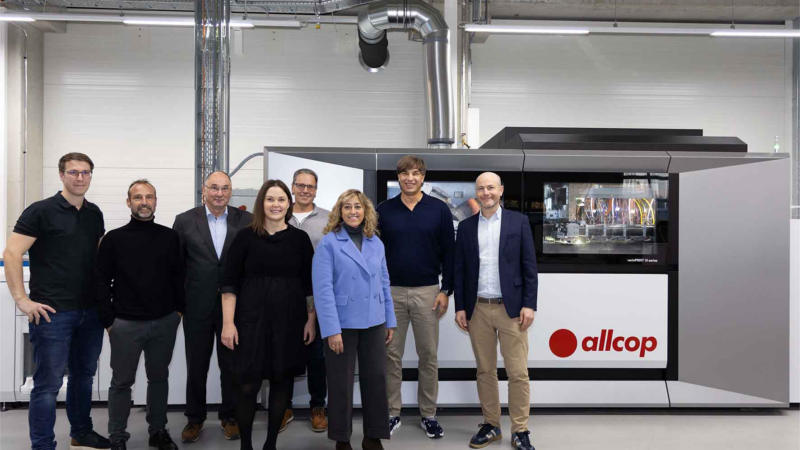Get to your destination safely – with the right bottle
What’s important when cycling
Get to your destination safely – with the right bottle
When going on excursions, tours and trips by bike, the need for drinks is often underestimated. According to the Baden-Württemberg regional association of the German Cyclists Association (Allgemeiner Deutscher Fahrrad-Club e. V. or ADFC), the body needs fluids after just half an hour’s ride. Preferably from light and sturdy plastic bottles. According to the ADFC, glass bottles pose various dangers when cycling.
There are around 84 million bicycles in Germany, i.e. one per inhabit-ant, and the trend is rising. The bicycle is the second most popular means of transportation after the car, and bikes are also popular for vacations: in 2023, 3.6 million people in Germany took a bike trip with at least three overnight stays. For reasons of space, luggage must be well chosen for a trip by bike.
„Refuel“ after just 30 minutes, according to the ADFC
Above all, „you should carry enough drinks with you on your ride so that your body’s fluid balance can be replenished again and again“, advises Tobias Husung, press spokesman for the ADFC Baden-Württemberg regional association. „Hydration is essential on every bike tour“. The ADFC spokesman continues: „Cycling is an endurance sport and the body loses large amounts of fluid through sweating. The body should therefore be supplied with fluids from the outside after just half an hour of cycling.“ On hot summer days, you should even drink up to a quarter of a liter of fluid every 15 to 30 minutes, even if you don’t feel thirsty.
It’s better to avoid drinks in glass bottles
„Glass bottles create various hazards when riding a bike,“ says Tobias Husung and explains: „They can break if you fall and cause serious injuries. They can also break when riding on the road and endanger fellow cyclists or other road users with shards.“ The danger also exists, for example, when cycling to the quarry pond. „Broken glass always leads to accidents,“ reports Martin Holzhause, spokesman for the German Life Saving Association (DLRG). Or in the forest. Kathrin Klein, a forester from the Schönbuch forest district near Stuttgart, which is part of the Baden-Württemberg state forest, explains: „Of course, wild animals can also injure themselves on the shards, especially if the glass shards have the smell of something edible on them.
Plastic bottles are the means of choice
Tobias Husung recommends: „Plastic bottles are a good alternative for transporting drinks on the bike. They can be easily carried in a drinks holder, in a basket or in a rucksack.“ You don’t have to buy the right bottles for every cup holder; there are now also designs in which standard 1.5-liter PET bottles can be carried safely. Martin Holzhause from the DLRG also believes that plastic bottles are the right drinks packaging for on the go: „Absolutely. Glass bottles in particular pose a risk of cuts.“
Those who opt for unbreakable plastic bottles are also making a sustainable choice. This is because plastic bottles save a lot of energy during production and transportation due to their low melting point and low weight compared to glass. And if disposed of properly, used PET bottles are easy to recycle. So with plastic bottles, there’s no shortage of thirst and body or broken glass.
About the yes or no Editorial Team
A team of experienced writers and editors transforms relevant topics and well-researched information into clear and journalistically sophisticated texts.
Contact
yes or no Media GmbH
Claudia Wörner
Vor dem Lauch 4
70567 Stuttgart
Phone: +49 711 75 85 89 90
E-Mail: 
Url: http://www.yesorno.de
Die Bildrechte liegen bei dem Verfasser der Mitteilung.

